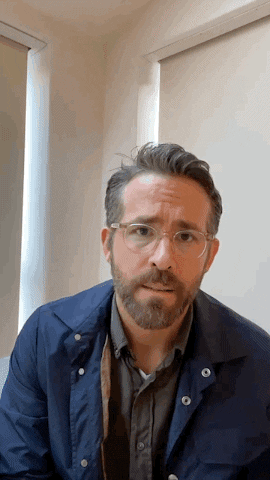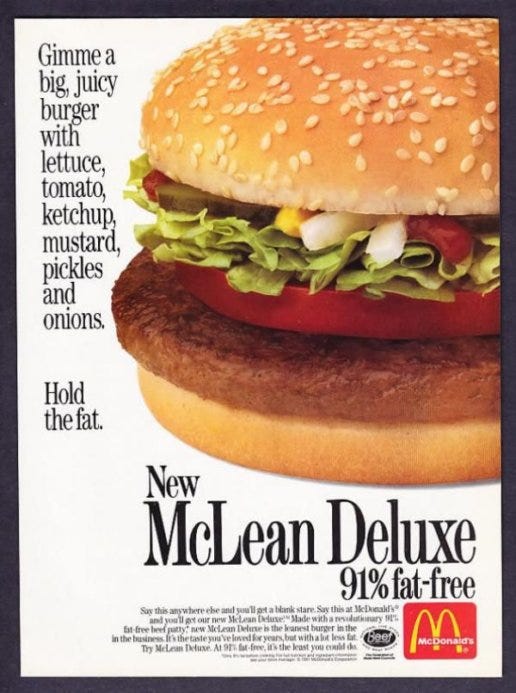
We are in the midst of the third wave.
This black swan event just doesn’t stop giving. It has reframed the way we live, work, workout and socialize, in a big big way.
This newsletter looks at reframing. Not big reframes that rock our world. But the small ones. Every minute of the day, what we read, listen, and watch, reframes how we think.
And we don’t even realize it.
Home repair
When one has spent more time at home than ever before during a two-year lockdown, one starts noticing the need for repairs and upgrades. So in 2021, we had embarked on a “home improvement” agenda.
The porch needed repair. As we searched for a handyman, we learnt of one who would do the job for Rs.30,000. My dad balked at the cost, but still asked the same handyman for a quote, while fully intending to not give him the job. To his surprise, the handyman quoted Rs.18,000. All misgivings evaporated and my dad hired him on the spot!
This is framing bias – “our decisions are influenced by the way information is presented to us”. My dad compared the quote to his earlier ‘frame’ of 30,000, the actual cost seemed like a steal.
Melissa Raffoni writes in an HBR article, “What exactly does it mean to “frame” or “reframe” an issue? Think about the metaphor behind the concept. A frame focuses attention on the painting it surrounds. Different frames draw out different aspects of the work. Putting a painting in a red frame brings out the red in the work; putting the same painting in a blue frame brings out the blue. How someone frames an issue influences how others see it and focus their attention on particular aspects of it. Framing is the essence of targeting communication to a specific audience”.

Framing is an unconscious bias
I have written earlier about how our brain is wired to speed up decisions and make them as energy efficient as possible. For this, our brain relies on heuristics or shortcuts. And these short cuts lead to unconscious biases.
Framing is one such bias. It very simply means that the way information is presented, changes the way we take decisions.
In this edition, I look at how good marketers create solutions with framing heuristics in mind, particularly focusing on positive and negative framing.
In the next newsletter, I look at how great marketers reframe entire industries and belief systems.
Positive vs negative framing
Daniel Kahneman and Amos Tversky have developed the prospect theory – we feel the pain of a loss more than the joy from a gain. That’s why we pick options that help us avoid loss over options that give us gain. So when something is framed to make us believe it can bring either gain or loss, we instantly pick the option that will help us avoid loss.
In an experiment, Kahneman and Amos tested various ways to minimize loss of cargo on three insured barges with insurance professionals. Each barge held cargo worth $200,000 which would be lost if not salvaged within 72 hours.
Case 01 -One group of insurance professionals was given two plan options.
- Plan A: will save the cargo of one of the three barges, worth $200,000.
- Plan B: one-third probability of saving the cargo on all three barges worth $600,000, but a two-thirds probability of saving nothing.
71% chose the less risky framed plan A, over the higher but probable gain from plan B.
Case 02 -A second group was given two different options.
- Plan C: will result in the loss of two of the three cargoes, worth $400,000.
- Plan D: This plan has a two-thirds probability of resulting in the loss of all three cargoes but has a one-third probability of saving all the cargo of the entire $600,000.
You will notice that both options are the same as the first case (Plan A=Plan C and Plan B = Plan D), but framed differently. But this time 80% chose plan D, because Plan C was framed as a probable loss, while Plan D was framed as a probable gain!
In the same vein, we move towards positive words and emotions and away from negative ones. This was also proven by Kahneman and Amos in an experiment to test different ways of getting patients to sign up for an operation.
Option 1: Out of 100 patients who had this operation, ninety are still alive even after five years. OR Option 2: Out of 100 patients who had this operation, ten were dead before the end of five years. Only people who were presented option 1 chose to have the operation. Even though both options mean exactly the same thing.
This is why we prefer a ‘75% fat-free’ product than the ‘with 25% fat’ product, even though both are the same.

Real estate: Real estate listings are masters at framing. A ‘charming’ house is often small. ‘Vintage style’ often means the decor has not been updated since the 1950s. And a house that has ‘character’ definitely has peculiar design features!
Gain framing encourages people to adopt and stick with behaviors. This is also very useful when the benefits of the new behavior are not immediately apparent and the consumer has to be encouraged to stick with new habits for some time. For example, hand washing, brushing twice daily, eating healthy or exercising more often.
Fixing dates: how often have we said a person has a ‘great personality’ when they are not that good looking in trying to fix two people up!
Let’s look at some brands using framing bias.
Sensodyne
Sensodyne used a positive frame of “9 out of 10 dentists recommend it”. “Only 1 out of 10 dentists do not recommend it” sound self-defeatist.

Ford
This example from Ford frames the fuel economy benefit positively.

McDonald’s
I really liked this example of starting with a gain framing and then closing the deal with a 91% fat free claim.

Loss framing can be used to get people to stop certain behaviors byshowing what they stand to lose by not complying. Public service announcements generally follow this strategy. For instance, this example below of ‘Dumb Ways to Die”.
Dumb Ways to Die
This is a refreshing way to get people to stop crossing rail road tracks, while staying true to the idea of loss framing.
How over what
If we have ever been told that “it’s not so much what you say, it’s how you say it that bothers me”?
People want us to frame our message in positive terms.
Stay safe and stay tuned for the next edition of Framing Part 2!
Rashi
